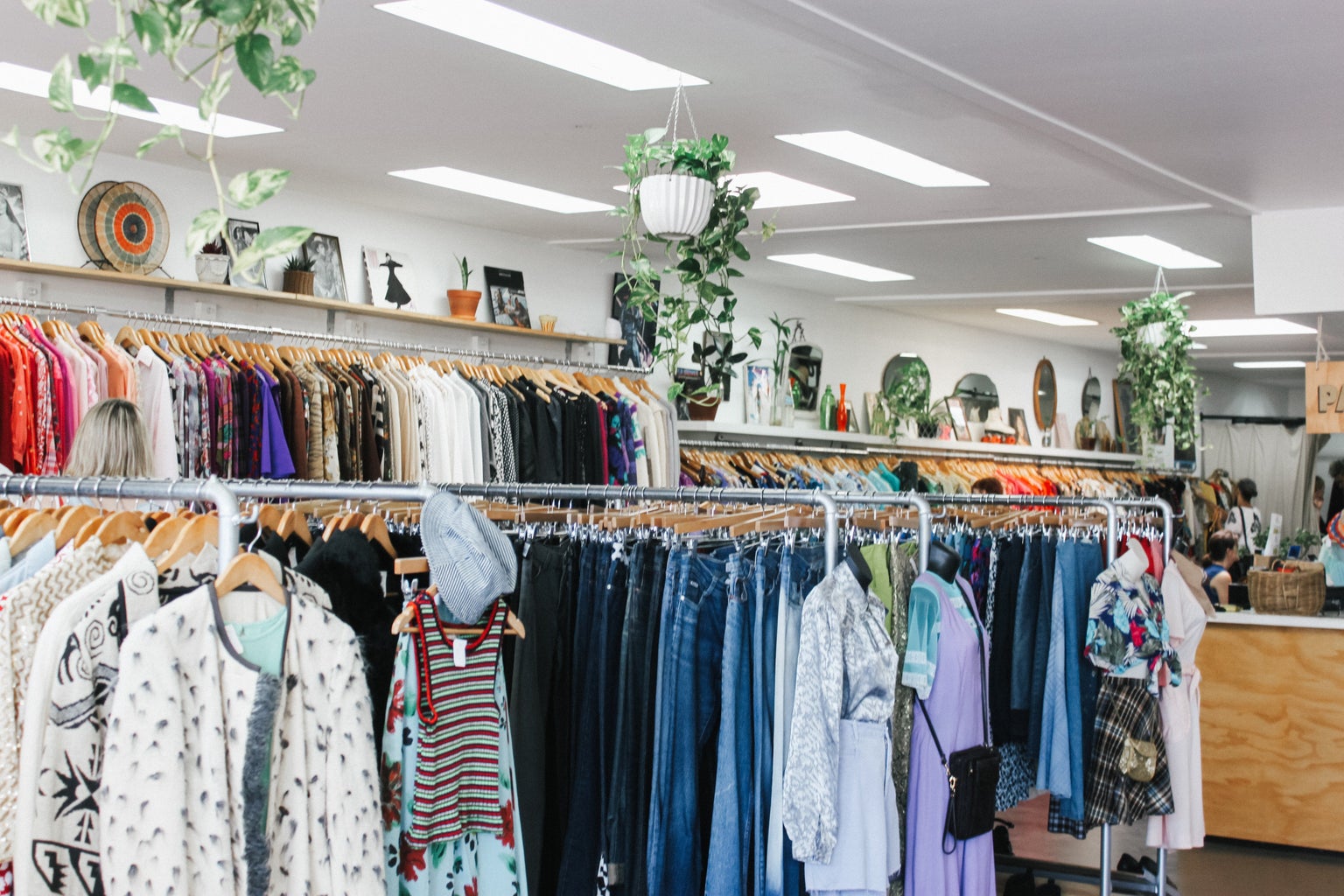I swipe for the umpteenth time today and am faced with a screen reading “Group Costumes For You and Your Friends (with links).” As I scroll through the various pictures and links, I can’t help but notice that most of them are connected to Amazon or other fast fashion sites such as Cider.
In the past, Halloween costumes have been the subject of controversy due to the characters people decide to dress up as, whether their costume is deemed cultural appropriation, a caricature, or insensitive in general. Now, the Halloween costume controversy stems from what people wear. While people may be better at avoiding politically incorrect costumes, there is a new era of people buying clothes left and right only for them to sit in their closets, collecting dust. While I have to admit that two-day shipping and the seemingly infinite supply of clothing that companies offer make buying new clothes extremely convenient, this should not necessitate a habit of overindulgence when it comes to shopping.
In the U.S., there seems to be a massive problem with overconsumption: rather than buying just as much as a person needs, we are encouraged to buy to excess. It seems that every time I open TikTok, I see a girl who orders three different dresses for one occasion. While it’s always been good to have options, when did the days of reusing outfits become outdated? What we don’t realize is the amount of water and resources that go into making that one dress. Often times when an article of clothing is sold at a low price, there is a low chance that it was produced in an economically sustainable way. This means that when we buy three different dresses, we are contributing to economic degradation in some way. Even when it comes to thrifting, people will buy obscene amounts without taking into consideration what they may actually need. By overbuying clothes from thrift stores, people contribute to rising prices, making thrift stores inaccessible to the groups of people that may truly need it.
The line between conscious consumerism and overconsumption is a thin one to walk on. To be able to sustainably participate in fashion in an accessible way, it is important to simply buy what you need and prolong its usage. Whether or not this is bought from an online retailer like Princess Polly or a local thrift store, never be too quick with buying an article of clothing.
While this seems like a difficult task, it is actually very simple. First and foremost, make sure to buy clothes that can be styled in multiple ways. Even though it may not seem like it, it is possible to buy something for Halloween that can be used for a regular outfit. In the same way, understand your style before you buy something. As a result of social media and the internet, fashion trends cycle at a rapid pace, meaning people tend to buy into trends they might not like in a couple months. To avoid this, sit on a piece of clothing before you like it, reflect on what you liked a couple years ago and what you may like ten years into the future. Develop a mood/inspo board which allows you to curate the styles you like, preventing you from easily buying into certain trends.
Halloween is a time of the year that encourages overconsumption, be sure that you aren’t apart of the trend.



